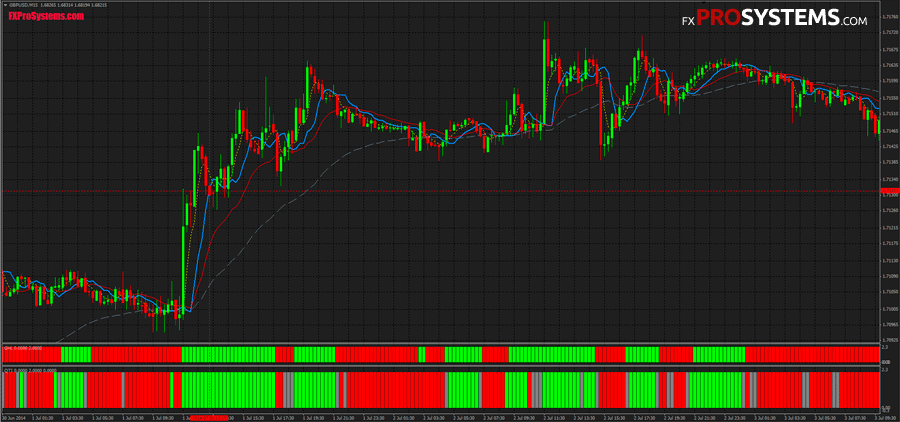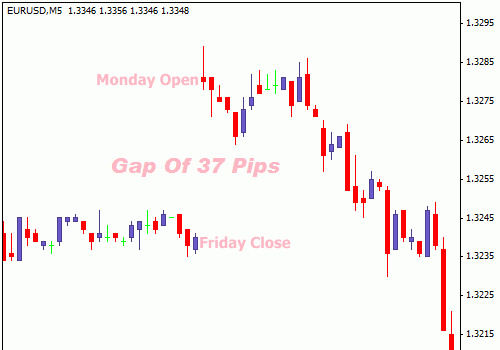Fundamental Forex Trading Strategies Forex Strategies
Post on: 1 Июнь, 2015 No Comment

As a Forex trader you can take a fundamental approach to investing in much the same way a stock trader does. Just as a fundamental stock trader looks for relative value among the universe of stocks, you can do the same thing among the various currencies because currencies are affected by economic events just as stocks are. Currencies or more accurately — the country whose currency you are evaluating — have underlying fundamental aspects which affect their value in much the same was as a stock does.
A fundamental approach to Forex looks at the relative strength of each currency and evaluates the direction a specific currency is likely to take by looking at the underlying factors affecting it. A country’s currency is affected by the current and (perceived) future economic, political, and social conditions.
There are several basic types of factors that can influence a currency; interest rates, political events, trade balance, merger and acquisition activity. Statistics of these factors are typically put out in reports regularly issued by governments. To find out when these reports will be put out you need to observe an economic calendar.
Interest Rates
Central banks alter interest rates for a number of reasons depending on economic conditions in their respective countries, internal politics, and the policies they are attempting to implement. A change in interest rates can have a profound affect on the attractiveness of that country’s currency. When rates go up, the value of a currency typically increases because investors will want to take advantage of the higher rates. Remember, investors must purchase the currency to receive the higher rates, so an increase in interest rates tends to create demand for a currency thus raising its price.
Central banks rarely change interest rates without signaling their intent some time before the actual change, so by monitoring reports of central bank meetings (especially the US Federal Reserve) you can get a feel for the direction of rates. Developing a feel for the meaning of comments made by central bankers is an important skill for a currency trader who concentrates on fundamental analysis.
Political Events
No economic market operates in a vacuum; the political situation in a country is always an underlying force that moves its currency. The state of the US economy or the proximity of a presidential election can affect the dollar’s strength. A strong currency makes a nation’s goods more expensive to export, but at the same time makes it easier for consumers of that nation to purchase foreign goods. A weak currency, obviously, causes the exact opposite conditions.
The political effect on currency often operates not just internally, but also between nations. The US and Japan historically have taken a keen interest in the ratio of their currencies and have at times changed their bilateral behavior because of it. Iran’s leader recently caused a stir when he suggested that his country would consider taking payments for oil in Euros, a move that would change a decade’s old practice among the world’s nations of using US Dollars to settle international oil transactions.
Countries who feel that their currency is mispriced against another country’s currency to their detriment often issue veiled (and sometimes not so veiled) criticisms of the offending country’s economic policies. With the efficiency of the currency markets today such rhetoric carries little real credibility but often provides important political signals.
Politics, both domestic and international, can place significant pressures on a currency’s value.
The Economic Calendar
The U.S. and a number of other governments issue regular reports on different sectors of their respective economies. These reports each provide important information on the health of the economy and almost always cause a Forex market reaction. Some of the more important reports are:
- Non-Farm Payroll
Released on the first Friday of each month it indicates employment trends in the US and is watched carefully by stock, bond, and epically Forex traders. This report is released by the U.S. Bureau of Labor Statistics. The number is designed to represent the estimate of the total number of paid U.S. employees with a few exceptions. Basically it is supposed to account for roughly 80% of the people that accumulate the entire US GDP. Obviously the more employees and the higher the salary the better of an indicator it is for the U.S. economy and thus better for the USD.
- Consumer Price Index
This is an inflationary indicator that measures the change in price of a predetermined basket of goods. In this case a growth in price of the basket indicates devaluation of the currency.
- Industrial Production

A broad measure of economic activity in US heavy industries. The report is watched because it tends to hint at future GDP growth.
Many other reports are issued on a regular basis: The gross domestic product (GDP), the producer price index, automotive sales, consumer sentiment, crude oil inventories, and many others.
Reaction is the Key
Because the reports are issued on a regular basis, traders tend to anticipate what the report’s number will be and a pre-report estimate or consensus evolves. Almost all reports have an identifiable consensus figure before they are officially released, a figure you can easily find. When the report is officially released, the market’s reaction is generally not to the number itself but to whether the report’s number is higher, lower or right at the consensus figure.
The concept of the consensus figure is extremely important for fundamental traders to understand. The most common reaction to an economic report is one based on how the actual figure differs from the market’s expectations. Why?
Markets reacting to a report’s variance from its expected figure illustrates a market dynamic every fundamental trader needs to be keenly aware of — discounting. The Forex market (and most stock markets) tends to make up their collective mind about an upcoming figure and set prices accordingly. This practice of deciding on a likely figure and pricing accordingly pre report is known as discounting the report. Because the consensus figure is almost completely priced into the market (i.e. discounted) before the report is issued, it’s logical that the markets react strongly when the official report springs an unexpected number (higher or lower) than the market expected.
Remember not to limit your report evaluation to US reports. While the US Government does issue the largest number and most detailed reports, almost every non US central bank issues periodic reports as well. An industrial production figure issued by Great Britain that pops a surprise figure can teach a fundamental trader (the hard way) to keep an eye on a range of regular reports, both US and non US.
Conclusion
Fundamental traders take the approach that a countries underlying economic and political conditions drive currency prices. They monitor regular economic reports to react to surprise figures, and evaluate trading nations. Knowledge of these basic market dynamics is critical for success in concert with any trading approach you take to the Forex.














